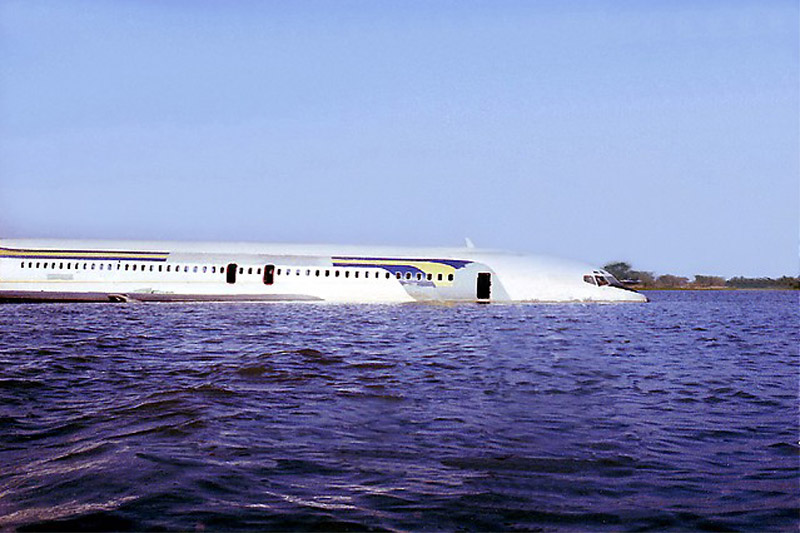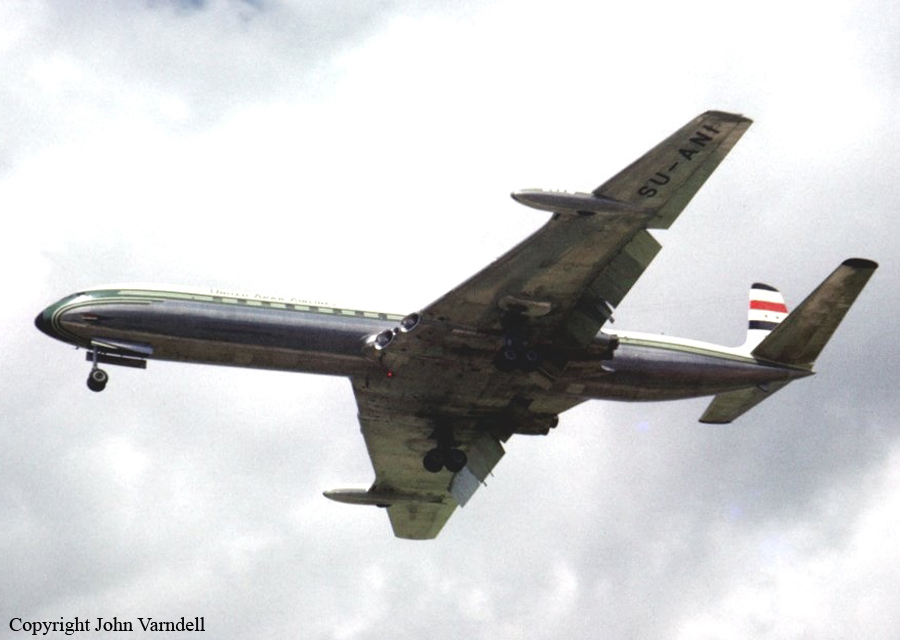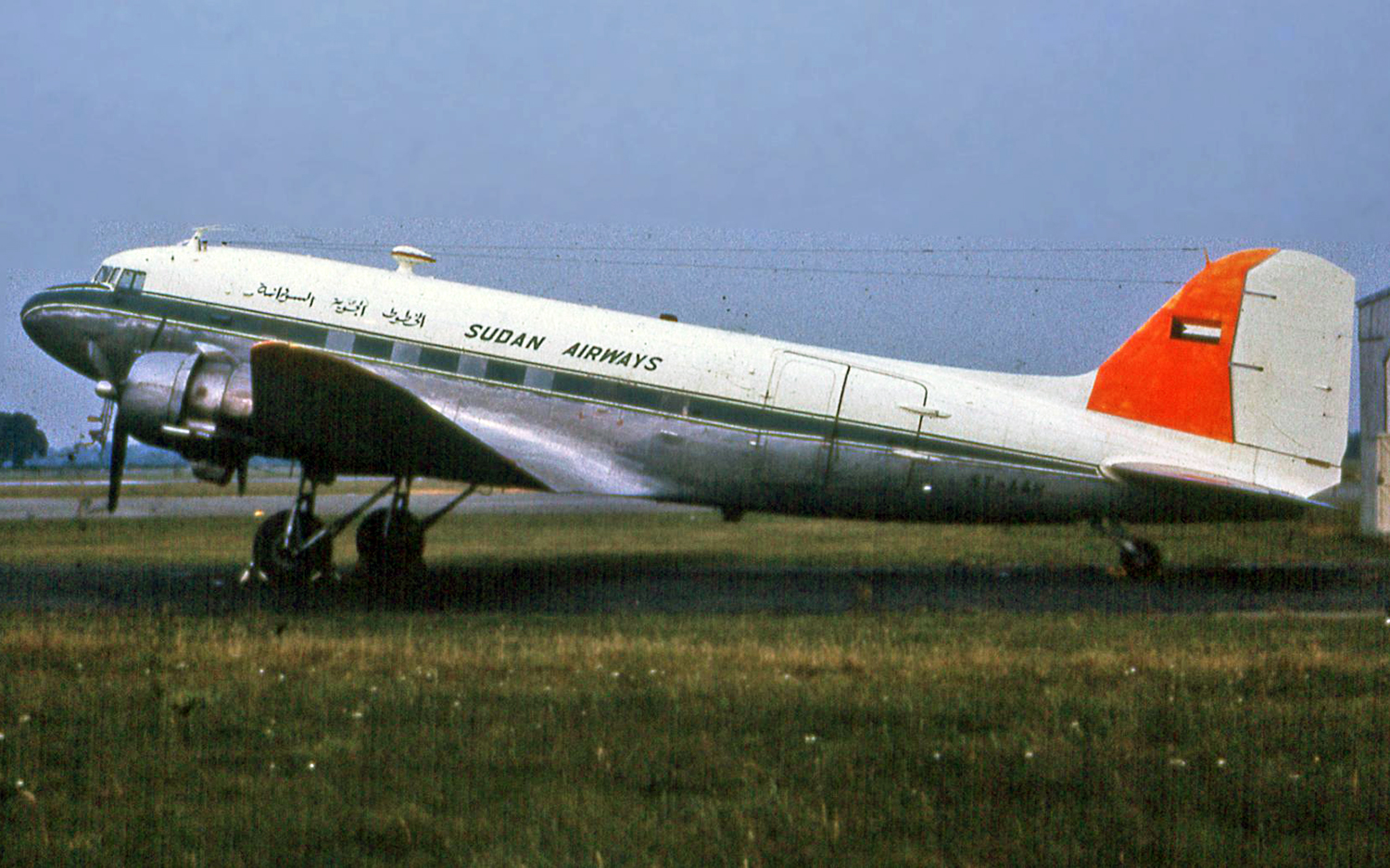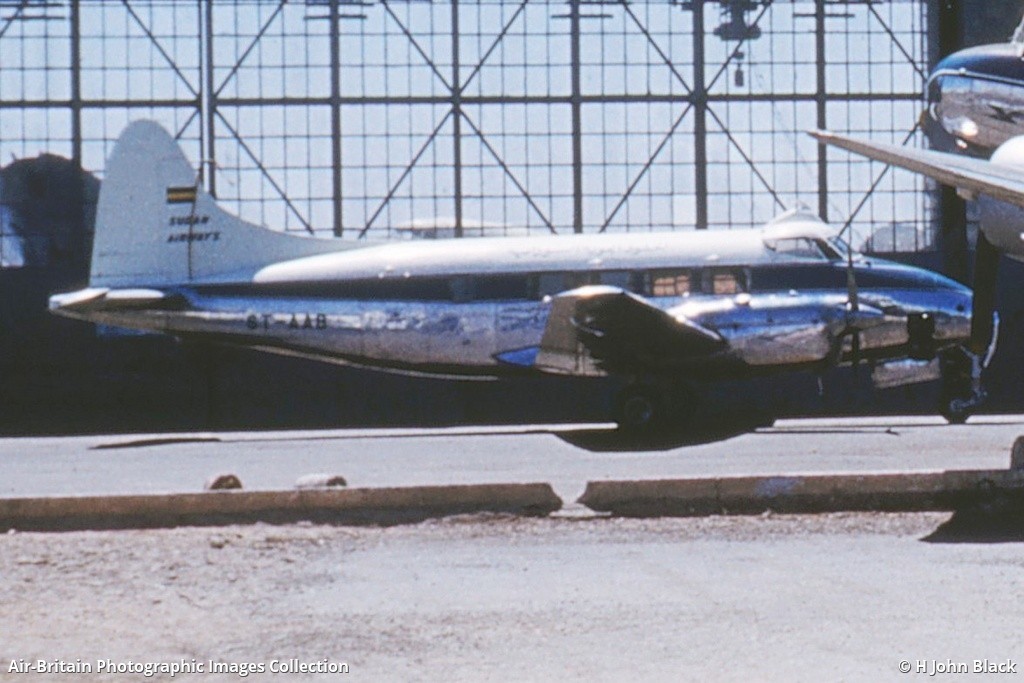Crash of a Boeing 707-348C in Khartoum
Date & Time:
Sep 10, 1982
Registration:
ST-AIM
Survivors:
Yes
Schedule:
Jeddah - Khartoum
MSN:
19410
YOM:
1967
Crew on board:
11
Crew fatalities:
Pax on board:
0
Pax fatalities:
Other fatalities:
Total fatalities:
0
Circumstances:
On approach to Khartoum-Haj Yussuf Airport in bad visibility, the crew reported technical problems and requested clearance for an emergency landing. The four engine airplane crashed in the Nile River about 5 km from the airport and came to rest in shallow water. All 11 occupants were rescued. The aircraft was damaged beyond repair.













